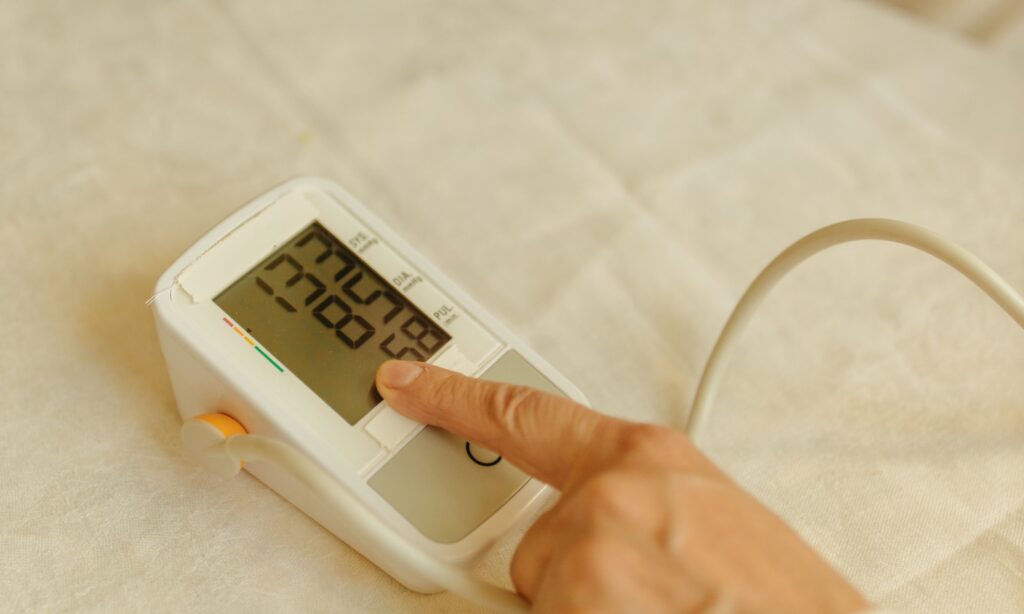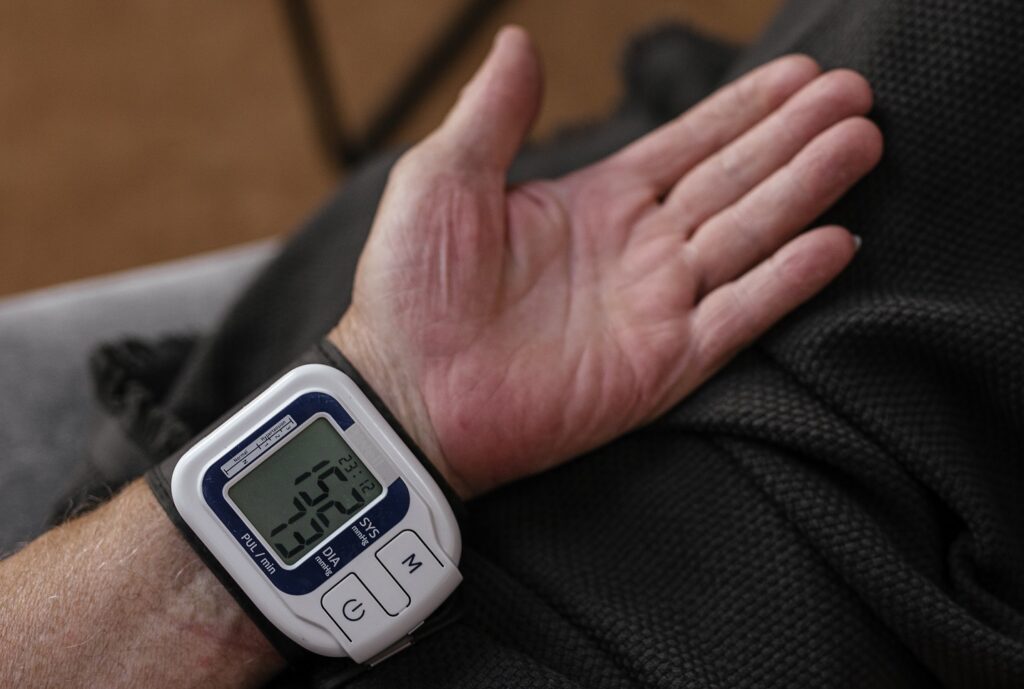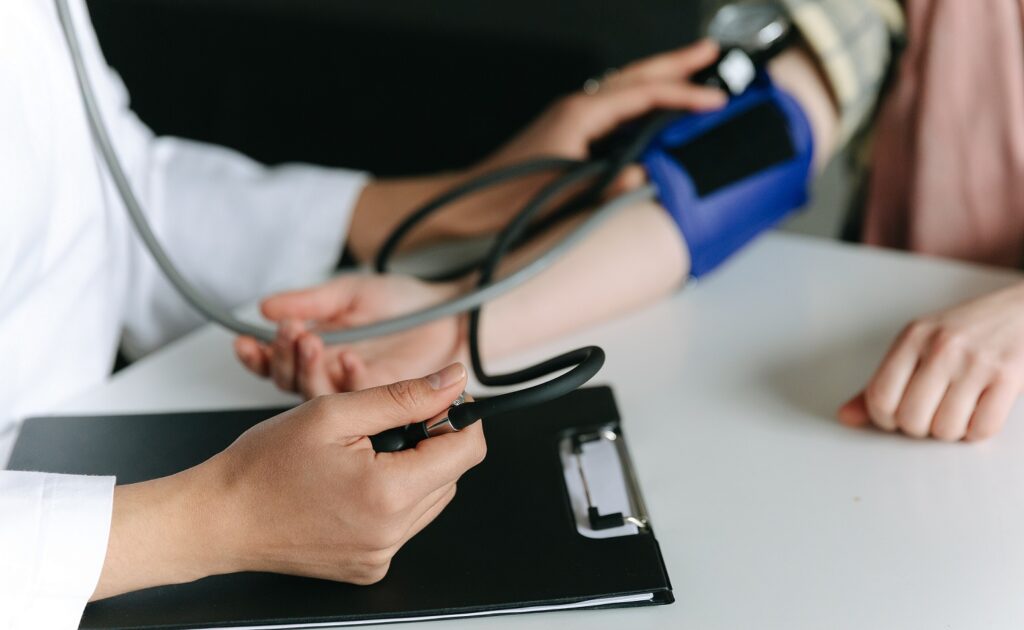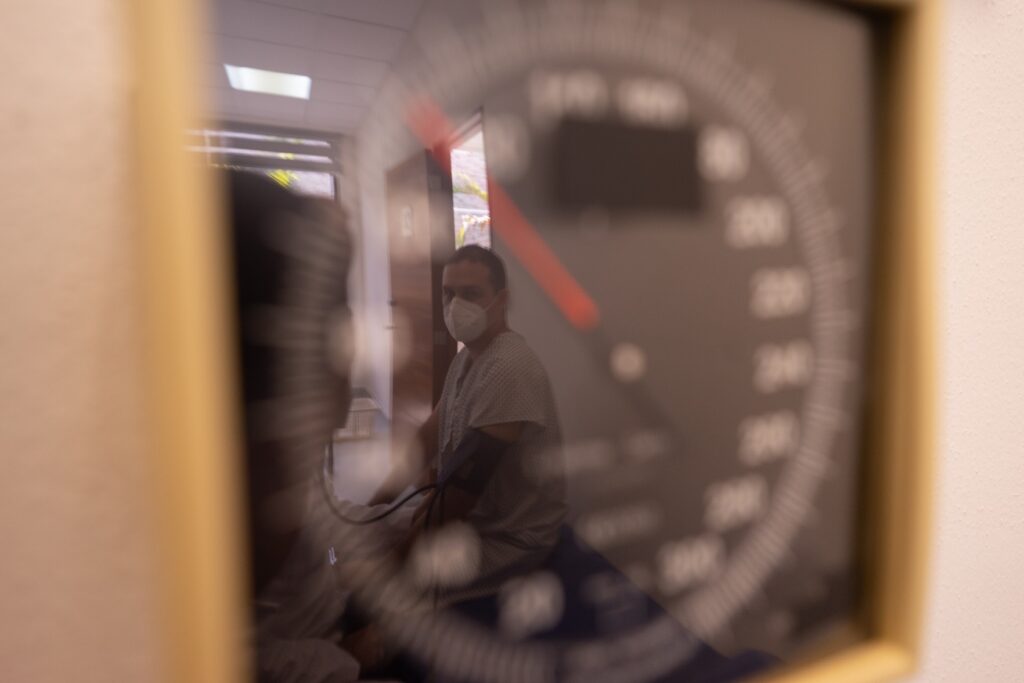High blood pressure, or hypertension, is a widespread health issue that affects millions of people worldwide. It is a leading risk factor for heart disease, stroke, and other cardiovascular complications. While medical treatments and lifestyle modifications like diet and exercise are commonly recommended for hypertension management, emerging research suggests that meditation and mindfulness practices can also play a valuable role in lowering blood pressure naturally.
In this article, we will explore the relationship between meditation, mindfulness, and blood pressure, the underlying mechanisms that make these practices effective, and how you can incorporate them into your daily routine for better cardiovascular health.
Understanding Blood Pressure:
Before delving into meditation and mindfulness, it’s essential to grasp the basics of blood pressure. Blood pressure is the force exerted by the blood against the walls of the arteries as it circulates through the body. It is measured in millimeters of mercury (mmHg) and typically recorded as two numbers, systolic pressure (the higher number) and diastolic pressure (the lower number). A normal blood pressure reading is around 120/80 mmHg.
The systolic pressure represents the force in the arteries when the heart beats, pumping blood to the rest of the body. The diastolic pressure is the force between heartbeats when the heart is at rest. Hypertension is diagnosed when blood pressure consistently exceeds 130/80 mmHg.
Meditation and Mindfulness Defined:
Meditation and mindfulness are practices that involve training the mind to focus and remain present. While they share common goals, they can be approached differently.
Meditation typically involves finding a quiet and comfortable place to sit or lie down, closing your eyes, and directing your attention to a particular object, sound, or thought. Meditation techniques vary, but they often include focused attention or guided imagery, such as concentrating on your breath or repeating a mantra.
Mindfulness, on the other hand, is about paying attention to the present moment without judgment. It involves observing your thoughts, feelings, and sensations without trying to change or react to them. Mindfulness can be practiced during everyday activities, like eating or walking, as well as in dedicated meditation sessions.
The Connection Between Meditation, Mindfulness, and Blood Pressure:
Research has shown that regular meditation and mindfulness practices can lead to significant reductions in blood pressure. These practices appear to influence blood pressure through various mechanisms:
- Stress Reduction: Meditation and mindfulness are effective stress-reduction techniques. Chronic stress can lead to increased blood pressure due to the release of stress hormones like cortisol. By reducing stress levels, meditation and mindfulness can help lower blood pressure.
- Sympathetic Nervous System: Meditation and mindfulness practices can modulate the sympathetic nervous system, often referred to as the “fight or flight” response. Overactivity of this system can cause blood vessels to constrict, leading to higher blood pressure. Meditation and mindfulness promote relaxation and can counteract this response.
- Inflammation: Chronic inflammation can damage blood vessels and contribute to hypertension. Meditation and mindfulness practices have been shown to reduce inflammation markers in the body, potentially leading to improved blood vessel health.
- Endothelial Function: The inner lining of blood vessels, known as the endothelium, plays a crucial role in blood pressure regulation. Dysfunction in the endothelium can lead to hypertension. Meditation and mindfulness have been linked to improved endothelial function.
- Better Sleep: Poor sleep is associated with increased blood pressure. Meditation and mindfulness practices can promote better sleep quality, indirectly contributing to blood pressure reduction.
Scientific Evidence Supporting Meditation and Mindfulness:
Several studies have explored the impact of meditation and mindfulness on blood pressure, and the results are promising:
- A 2017 meta-analysis published in the journal JAMA Internal Medicine found that mindfulness meditation significantly reduced systolic and diastolic blood pressure in participants with hypertension.
- A study in the journal Hypertension reported that transcendental meditation, a specific form of meditation, was associated with a significant reduction in blood pressure over several months. The reduction was more pronounced in those with higher initial blood pressure levels.
- Mindfulness-Based Stress Reduction (MBSR) programs, which incorporate mindfulness practices, have been shown to lead to significant blood pressure reductions in various studies.
- A review article published in the American Journal of Hypertension concluded that mindfulness meditation could be a valuable adjunctive treatment for hypertension, especially when combined with lifestyle modifications.
Incorporating Meditation and Mindfulness into Your Routine:
If you are interested in using meditation and mindfulness to help lower your blood pressure, here are some steps to get started:
- Choose a Practice: Decide whether you want to explore meditation or mindfulness or incorporate both into your routine. There are various techniques and styles to choose from, so find what resonates with you.
- Start Slow: If you are new to these practices, start slowly with shorter sessions and gradually increase the duration as you become more comfortable.
- Find a Quiet Space: Choose a quiet and comfortable place to practice where you won’t be disturbed.
- Set Realistic Goals: Understand that meditation and mindfulness are skills that require practice and patience. Set realistic expectations for yourself and embrace the process.
- Use Guided Resources: Many apps, online videos, and guided recordings are available to help you get started and stay on track. These resources can provide structure and guidance for your practice.
- Consistency is Key: To experience the benefits, aim for regular practice. Even a few minutes each day can make a difference.
- Combine with Other Lifestyle Changes: Meditation and mindfulness can be effective when combined with other lifestyle modifications like a healthy diet, regular exercise, and limited salt intake.
- Consult a Professional: If you have existing health conditions or are currently taking medications, it’s essential to consult with your healthcare provider before starting a meditation or mindfulness practice. They can offer guidance tailored to your specific needs and medical history.
- Integrate Mindfulness into Daily Activities: In addition to formal meditation sessions, you can incorporate mindfulness into your daily life. Practice mindful eating by savoring each bite and paying attention to your body’s hunger and fullness cues. When walking or commuting, notice the sensations of movement and your surroundings. Mindful breathing exercises can be done anywhere, helping you stay present in stressful situations.
- Monitor Your Progress: Keep track of your blood pressure levels regularly, especially if you have hypertension. Note any changes over time and discuss them with your healthcare provider. Be patient; improvements may take time.
Remember that there is no one-size-fits-all approach to meditation and mindfulness. Your practice can be as unique as you are, and the most important thing is to find techniques that resonate with you and fit your lifestyle.
The Benefits Extend Beyond Blood Pressure:
While the reduction of blood pressure is a significant benefit of meditation and mindfulness, these practices offer a range of additional advantages for mental and physical well-being. Some of these benefits include:
- Stress Reduction: Meditation and mindfulness are powerful tools for managing stress, promoting relaxation, and enhancing mental clarity.
- Emotional Well-Being: These practices can improve emotional regulation, reduce symptoms of anxiety and depression, and enhance overall mood.
- Better Sleep: Mindfulness techniques can promote better sleep quality and reduce insomnia symptoms.
- Cognitive Function: Regular meditation and mindfulness have been associated with improved cognitive function, including memory and concentration.
- Pain Management: Mindfulness-based interventions have been used effectively for pain management and can reduce the perception of pain.
- Enhanced Resilience: These practices can increase resilience to life’s challenges and improve coping mechanisms.
- Overall Quality of Life: The combination of physical and mental health benefits contributes to an improved quality of life.
Incorporating mindfulness and meditation into your life can be a transformative journey that positively impacts your physical health and emotional well-being.
The evidence is clear: meditation and mindfulness practices can be valuable tools in the management of blood pressure and the promotion of overall cardiovascular health. By reducing stress, modulating the nervous system, and improving vascular function, these practices offer a holistic approach to hypertension management.
If you have high blood pressure or are at risk, consider integrating meditation and mindfulness into your daily routine. Whether you’re just starting or have some experience, these practices can be adapted to fit your needs and preferences. As with any health-related lifestyle change, it’s essential to maintain regular communication with your healthcare provider, especially if you have an existing medical condition or are taking medication.
Incorporating mindfulness and meditation into your life not only supports better blood pressure control but also contributes to a more balanced, calm, and fulfilling existence. It’s a journey that empowers you to take charge of your health, fosters self-awareness, and allows you to savor the richness of each moment. So, take a deep breath, find your stillness, and embark on a path towards better health and well-being through meditation and mindfulness. Your heart and mind will thank you for it.










